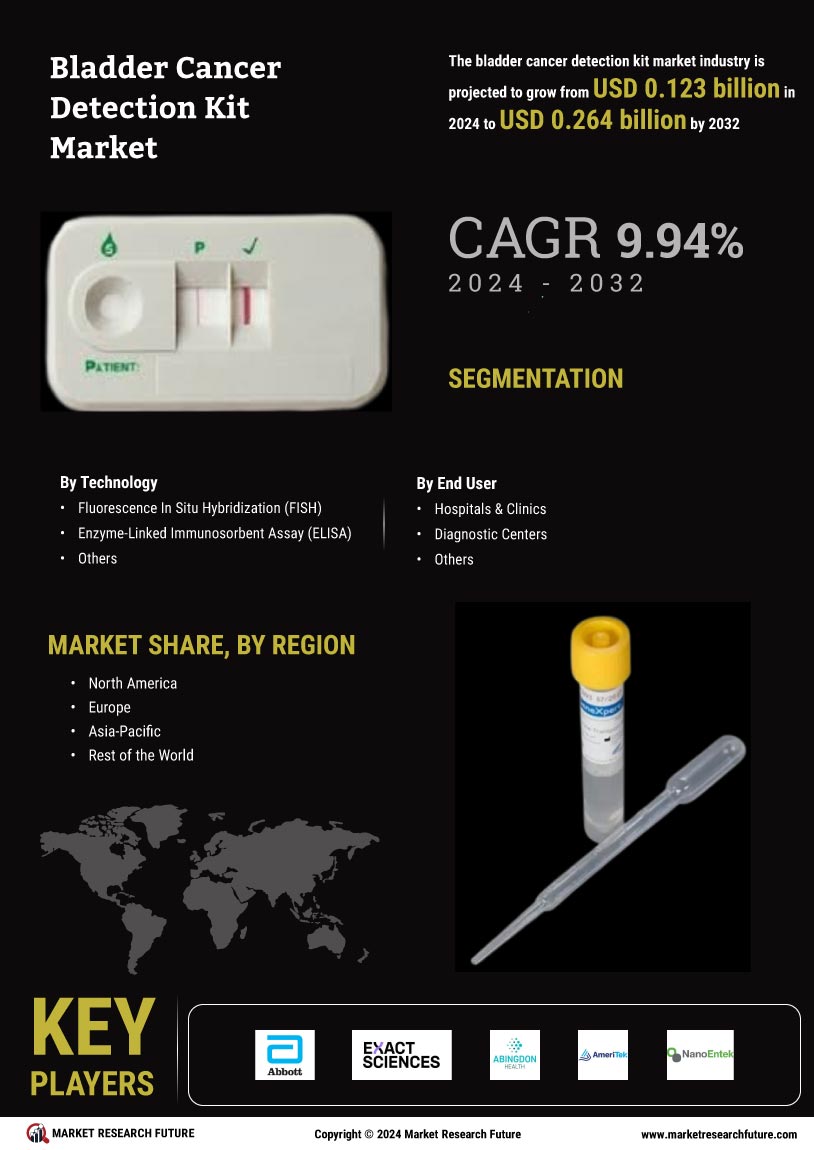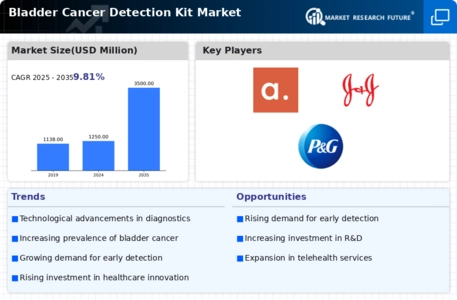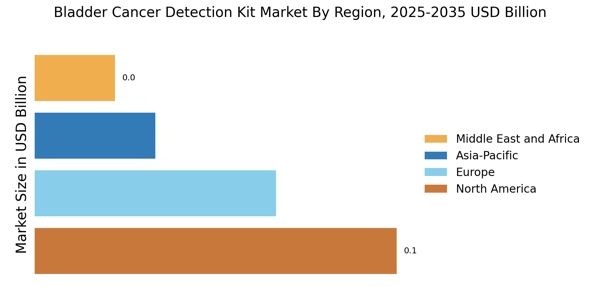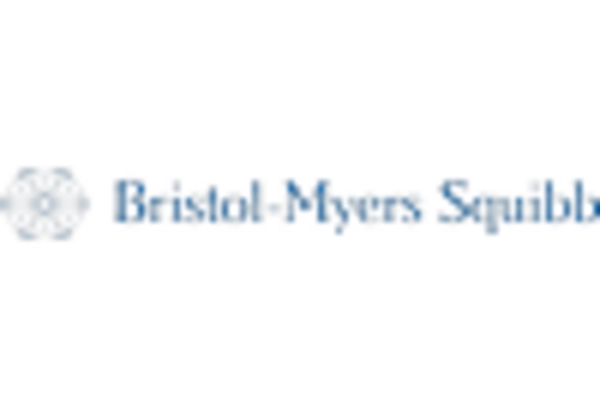Bladder Cancer Detection Kit Market Summary
As per MRFR analysis, the Bladder Cancer Detection Kit Market Size was estimated at 0.123 USD Billion in 2024. The Bladder Cancer Detection Kit industry is projected to grow from 0.1352 in 2025 to 0.3489 by 2035, exhibiting a compound annual growth rate (CAGR) of 9.94 during the forecast period 2025 - 2035.
Key Market Trends & Highlights
The Bladder Cancer Detection Kit Market is experiencing robust growth driven by technological advancements and increased awareness.
- Technological advancements in diagnostics are enhancing the accuracy and efficiency of bladder cancer detection.
- North America remains the largest market, while the Asia-Pacific region is emerging as the fastest-growing market for bladder cancer detection kits.
- Fluorescence In Situ Hybridization (FISH) dominates the market, whereas Enzyme-Linked Immunosorbent Assay (ELISA) is witnessing rapid growth.
- The rising incidence of bladder cancer and increased awareness initiatives are key drivers propelling market expansion.
Market Size & Forecast
| 2024 Market Size | 0.123 (USD Billion) |
| 2035 Market Size | 0.3489 (USD Billion) |
| CAGR (2025 - 2035) | 9.94% |
Major Players
F. Hoffmann-La Roche Ltd (CH), Abbott Laboratories (US), Siemens Healthineers (DE), Bristol-Myers Squibb Company (US), Thermo Fisher Scientific Inc. (US), Celerion (US), Exact Sciences Corporation (US), Guardant Health, Inc. (US)


















Leave a Comment